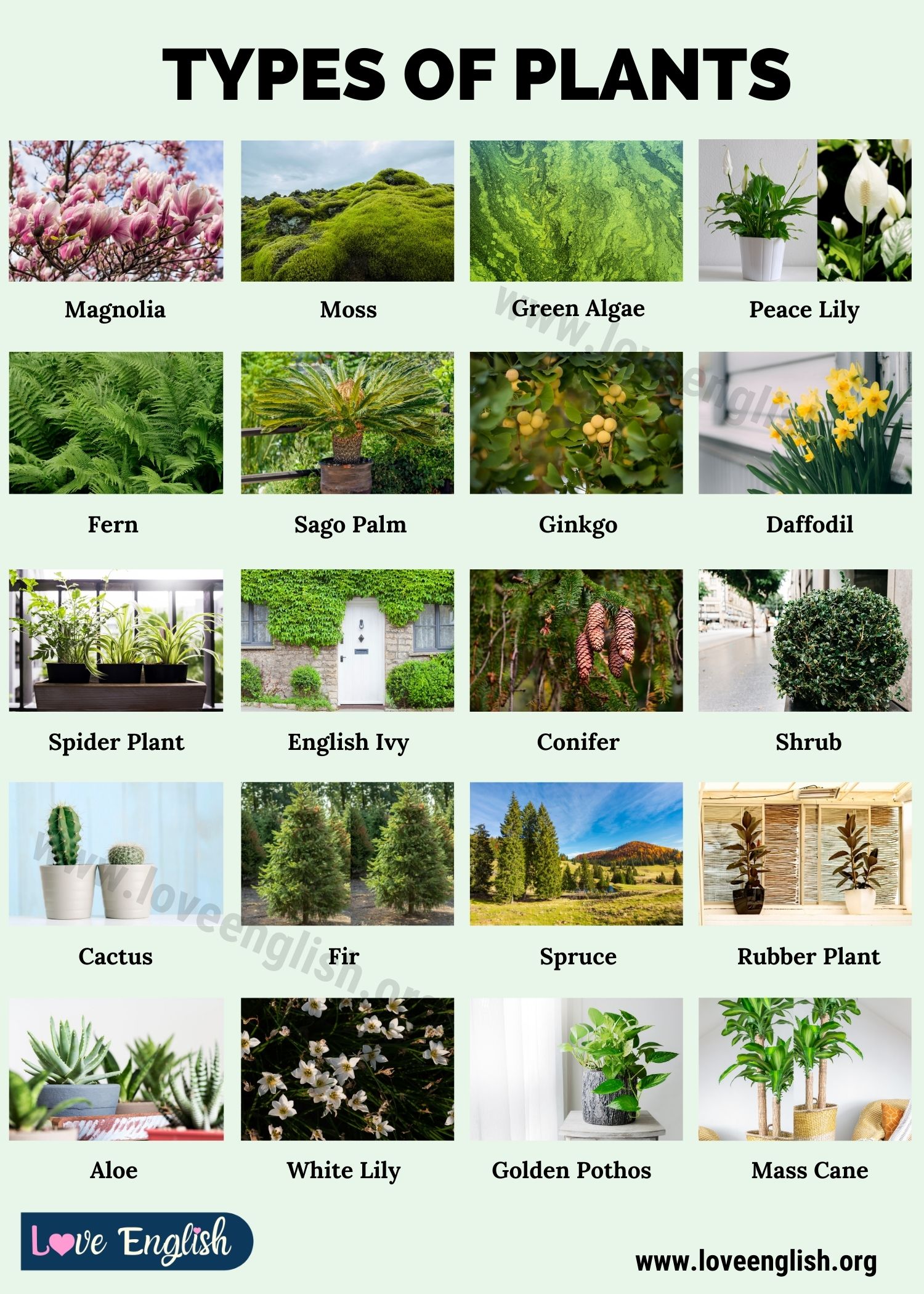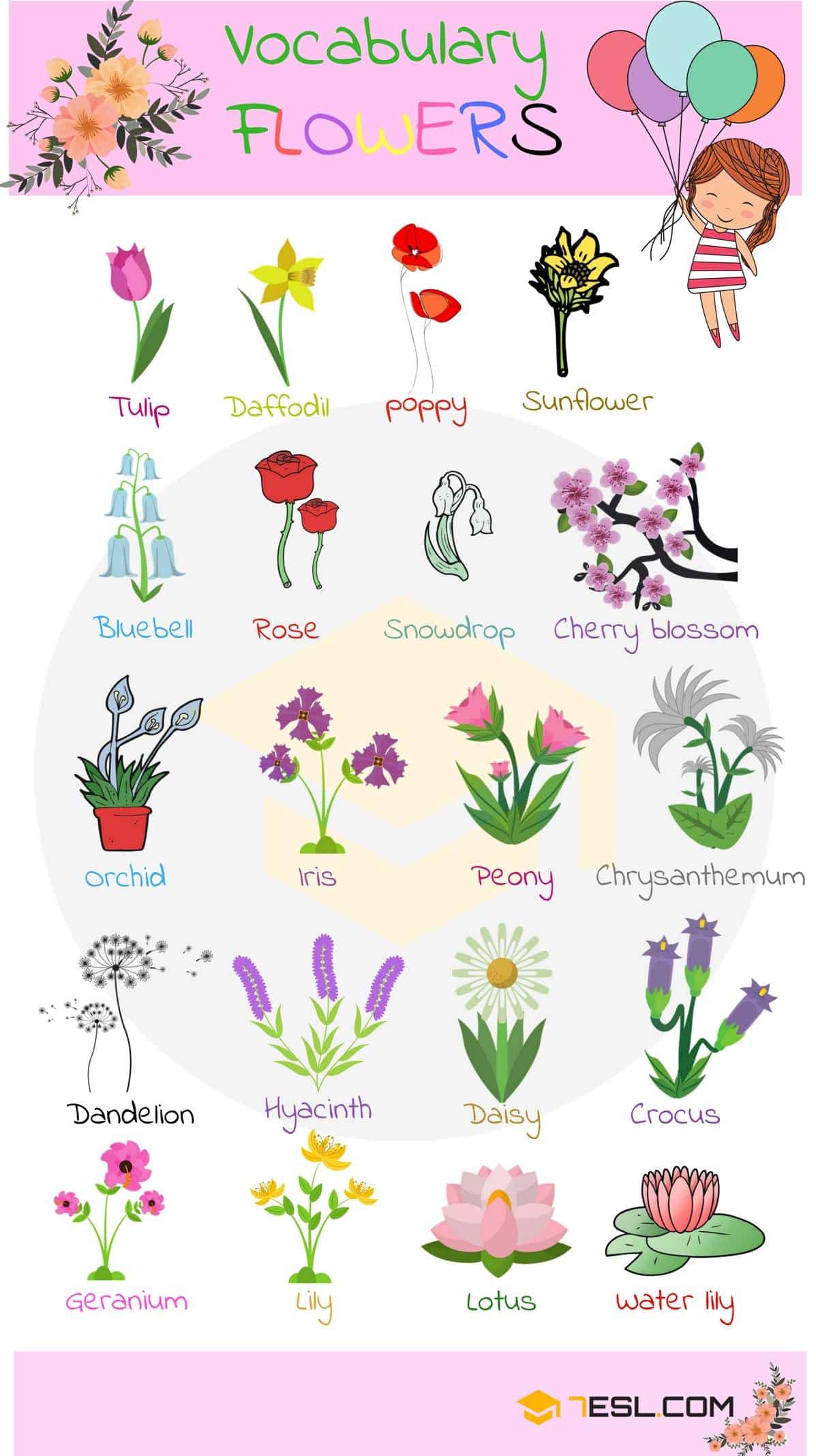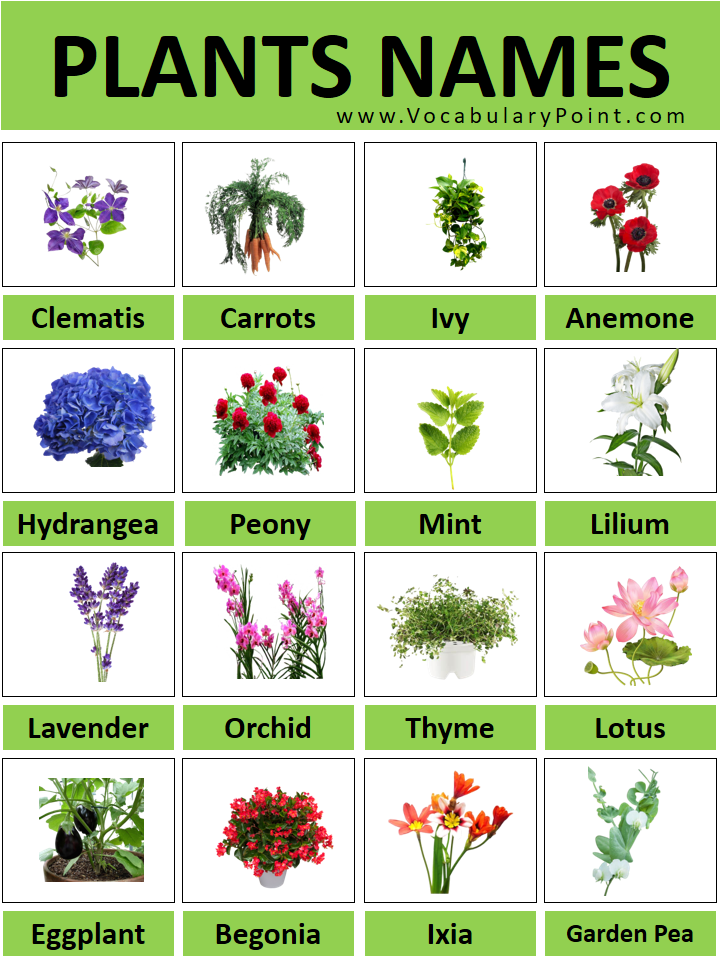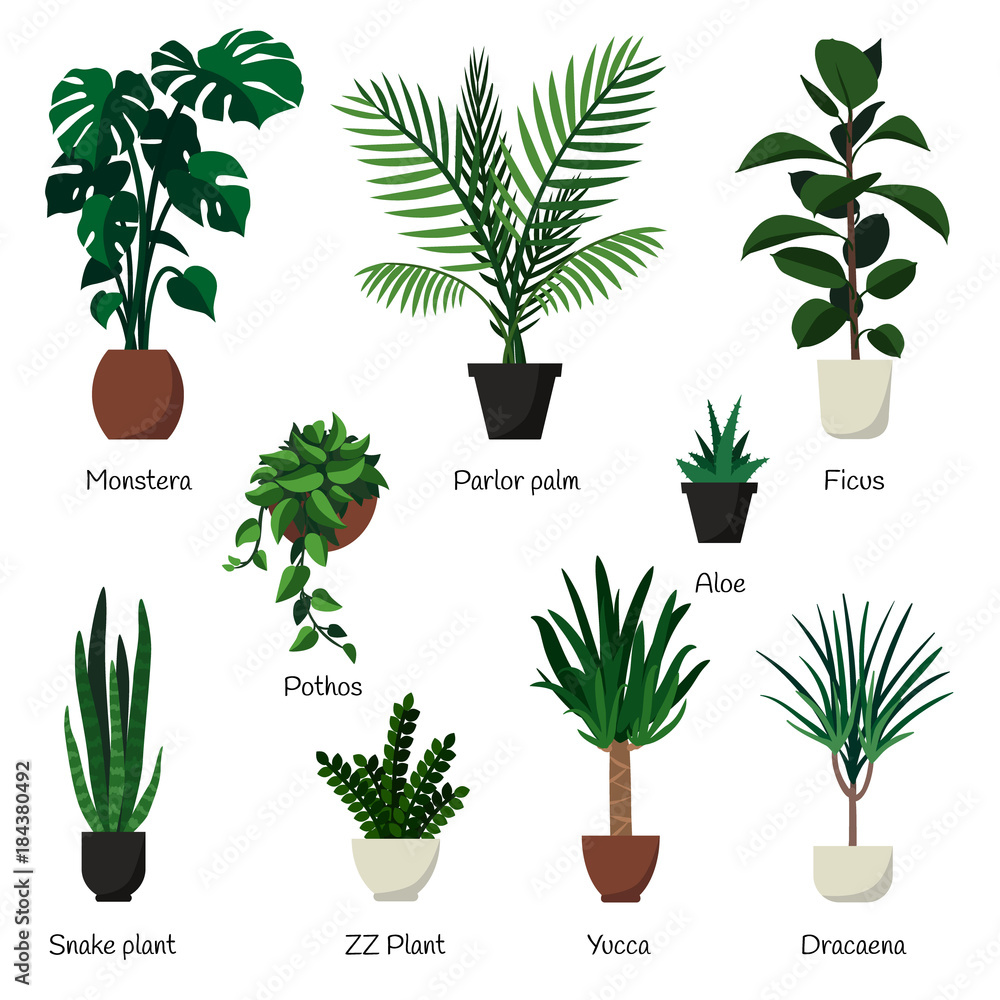
Plants Vocabulary 7ESL Membership
Plant Names is an invaluable guide to the use of scientific, commercial and common names for plants and the conventions for writing them. Written by horticultural botanists at the Royal Botanic Gardens Victoria, this book covers the naming of wild plants, plants modified by humans, why plant names change, their pronunciation and hints to help remember them, along with updated sections on.
How to Pronounce Latin Names of Essential Oils (Aromatic plants) on Vimeo
They never heard either term. Also, many botanical names are honorifics, names given to honor someone, perhaps the plant's discoverer or an eminent botanist. Examples include Washingtonia, Rudbeckia, and Tradescantia. You can bet the average Latin speaker would have just as much difficulty pronouncing those names as you do.

Tropical Plants Pictures And Names Pin By Get Busy Gardening! On All
Say What: Pronouncing Botanical Latin. This regular Bulletin column features a Q&A selected and adapted from the Elisabeth C. Miller Library's Plant Answer Line program. If you'd like to ask a plant or gardening question of your own, please call 206-897-5268 (UW Plant), send it via the library website, or email directly to [email protected].

How To Pronounce Plant YouTube
Latin names can give you useful information about a plant, including its colour, where it originates from and growth habit. For example, Lavandula angustifolia 'Nana Alba', pictured, has narrow leaves ( angustifolia) and is compact ('Nana') with white flowers ('Alba'). Here are some common words: Colour. alba / albus - white.

Flowers Name In English And Urdu With Pictures Best Flower Site
There are a number of useful books which provide guidelines for pronunciation, such as Dictionary of Plant Names by Allen Coombes (Timber Press, 1994). Keep in mind that the author is British, and his recommended pronunciations differ in some cases from American versions. Ultimately, though, botanical Latin was never meant to be a spoken.

How To Pronounce Plants Pronunciation Academy YouTube
An essential addition to the gardener's library, this colorful, fully illustrated book details the history of naming plants, provides an overview of Latin naming conventions, and offers guidelines for pronunciation. Readers will learn to identify Latin terms that indicate the provenance of a given plant and provide clues to its color, shape.

Tips To Remember Botanical Latin Plant identification, Botanical, Plants
bot.an.ar.y. noun. 1. A blended word, derived from the phrase "botanical dictionary". 2. A reference containing an alphabetical list of 20,977 botanical words, with information given for each word, usually including the etymology (i.e., history and/or origin) and pronunciation. Almost 250 years ago, the Swedish botanist Carl von Linn�.

20 A List of Medicinal Plants And Their Scientific Names pronunciation
Latin has no "silent letters." Pronounce every letter. Two or three ways to pronounce Latin. In the United States there are two main systems of pronouncing Latin scientific names, a traditional English system and an academic system that tries to approximate how the ancient Romans spoke. The traditional system is more common.

Botanical Latin Guide (History, Pronunciation, Rules & Meanings
Pronunciation of Latin Names. Pronouncing Latin names in botany may seem challenging, but there are some guidelines to follow. Although there is no strict rule for pronunciation, it is essential to pronounce each letter in the Latin name correctly. One common approach is to pronounce Latin names following classical Latin pronunciation.

Made myself a little chart of all the botanical names of my plant
Only a limited number of plant names are genuine Latin used by the Romans. William Stearn examined the names of 200 alphabetically consecutive. several systems, since people tend to pronounce Latin words by analogy with words of their own language" (p. 53). An example of this difference is shown in two "authoritatve.

Simple trick for how to pronounce Latin plant names! YouTube
Confused by scientific plant names? And why do Latin plant names matter? I ask Dr Chris Thorogood of the Oxford Botanic Gardens, and author of Perfectly Pecu.

200+ All Plant Names With Pictures (Plant Names A to Z) Vocabulary Point
This is true for conversational Latin as well as all levels of Scientific Latin, from individual organism names to formal plant descriptions. The use of endings to indicate a word's location inside a sentence is as common in conversational Latin as it is in today's Romance languages (French, Spanish, Romanian, Italian, Portuguese).

Ever wondered why latin plant names are used? This article explains the
A botanical name is made up of two or more parts. The first part is the genus name and the second part is the specific epithet (descriptive term.) Together, they tell you the plant species. In addition, Latin names tell you the following about a plant: WHERE IT'S FROM: Canadensis (Canada), chenesis (China), japonica (Japan)

How to pronounce deciduous plant
Pronouncing Latin Plant Names. It's amazing how kids pick up vocabulary. Some friends and I were remarking how our kids' vocabularies have expanded through reading, but since some of the words they are learning are more often read than heard, there are gaps in their pronunciation. This got me to thinking about my botanical Latin.

Kinds Of Plants With Names
Latin plant names explained. Find out why plants have latin botanical names in addition to their common names, and why this is a good thing. Navigation. Articles.. Pronunciation - Actually, pronunciation of Latin plant names isn't too important—it's only based on what we think it sounded like. There isn't always a solid consensus.

10 Tips for Learning the Botanical Names of Plants small green things
The book has an alphabetical list of over 3,000 Latin names which also tells you how to pronounce each word. It shows you how Latin plant names can reveal: where a plant originally comes from (and thus its preferred growing conditions), its properties e.g. shape, form, colour, taste, and smell. Hardcover: 224 pages.